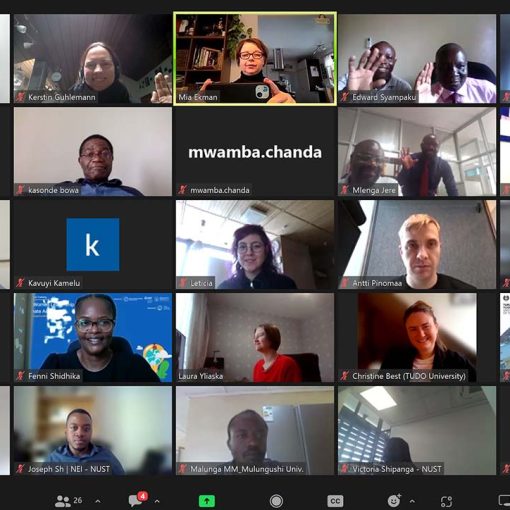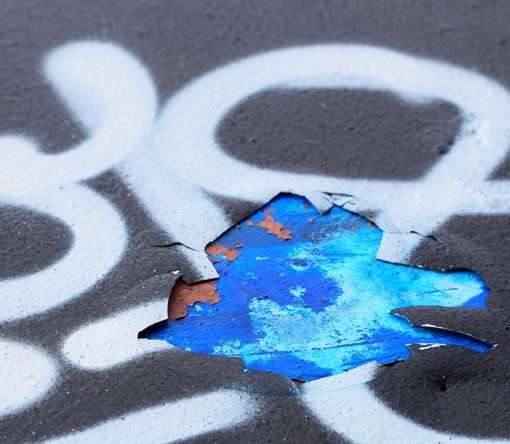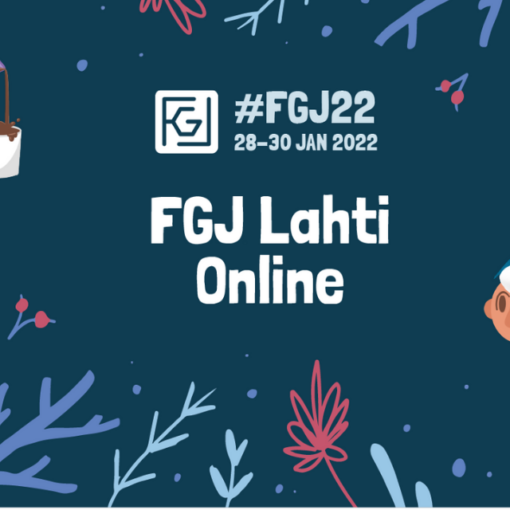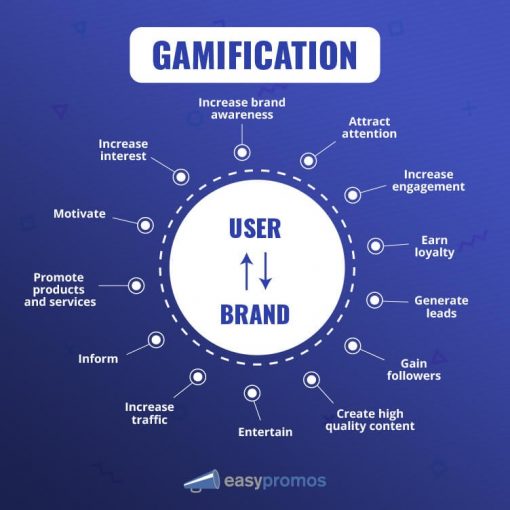Helsinki has emerged as a virtual and augmented reality tourism leader, allowing people to experience the city’s attractions from their homes. This offers a stress-free, eco-friendly alternative for travellers who prefer to avoid jet lag, packing, or crowded airports. By putting on a VR headset, travellers can ‘visit’ Helsinki landmarks without leaving their beds, eliminating travel-related hassles like luggage and schedules.
VR and AR tourism in Helsinki changing the way we travel
The push for sustainable tourism is at the heart of Helsinki. Leveraging its cultural heritage and innovative technology, the city is using VR and AR to significantly reduce the environmental impact of tourism, offering a promising solution for eco-conscious travellers. Virtual tourism allows visitors to bask in Helsinki’s beauty without leaving a physical footprint, a significant step in managing the environmental costs of tourism (World Economic Forum 2023).
The environmental benefit of VR tourism is clear: it cuts down on the carbon emissions associated with physical travel. The average tourist in Helsinki generates approximately 480 kg of CO2 per trip (Helsinki Times 2023). Opting for a virtual visit allows travellers to explore Helsinki’s museums or the Suomenlinna Sea Fortress without contributing to air travel emissions, thereby reducing their carbon footprint (Suomenlinna Sveaborg 2024a). Additionally, AR enhances on-site experiences by providing interactive content without the need for printed materials or excessive crowding, especially during peak seasons.
Overtourism, particularly at popular sites like Suomenlinna, poses environmental challenges, with nearly one million tourists visiting this small fortress each summer, impacting local resources and infrastructure (Suomenlinna Sveaborg 2024b). To address this, Helsinki uses VR and AR to provide alternative ways for people to experience its landmarks. Virtual visits allow travellers to appreciate the city’s attractions without adding to the physical crowds, while AR features offer engaging on-site experiences, reducing the strain on historic sites.
VR and AR tourism can also be a powerful tool for cultivating environmental awareness. Virtual tours can educate and inspire eco-friendly travel behaviours by integrating informative features on local ecology and conservation efforts (Ngo 2024). Travellers exposed to such content are more likely to make sustainable choices, such as choosing eco-friendly lodging and minimizing waste on future trips. This technology enables tourists to experience Helsinki’s natural beauty and learn about environmental practices, promoting sustainable choices aligned with Helsinki’s green initiatives.
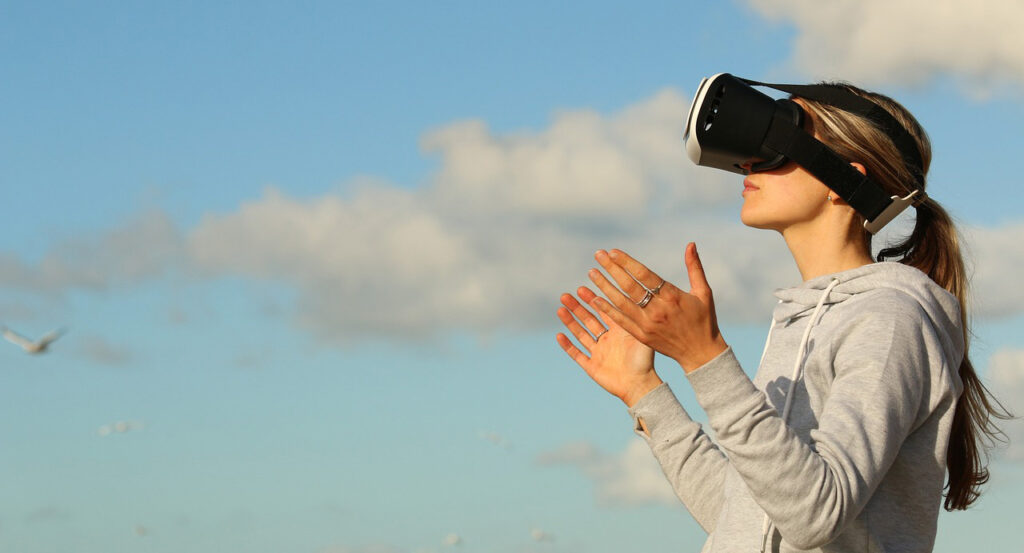
The future of green tourism in Helsinki
The potential applications of VR and AR in the travel sector are virtually limitless as they advance. This could lead to better travel decisions, less waste of resources, and more sustainable travel overall.
Even though none of us wants to stop travelling, we all know that the tourism business is not the epitome of environmental responsibility. It emits more CO2 than a facility that made hairspray in the 1990s (Dana 2024). In addition, there is the strain on natural resources, such as the waste produced by millions of visitors and the energy required to run hotels. It is no wonder we are seeing glaciers melting faster than a popsicle in the Sahara (Lorin 2024). Thus, embrace VR/AR travel, your new green companion.
By opting for a virtual vacation, we give the planet a break. Visitors can still enjoy everything Helsinki offers while lessening their influence on the environment. This balances the needs of tourists and the environment, thus a win-win solution that sets standards for other cities. Helsinki’s adoption of VR and AR could usher in a new era of responsible travel in a world where eco-friendly travel is becoming more than simply a fad.
Authors
Ngo Thi Thao Uyen is a bachelor’s student in Tourism and Hospitality Management at LAB University of Applied Sciences.
Johanna Heinonen works as a Senior Lecturer at LAB University of Applied Sciences.
References
Dana, M. 2024. We closed the hole in the ozone (and we didn’t have to stop buying hairspray). Cited 17 Oct 2024. Available at https://www.healthyrich.co/p/ozone-layer
Helsinki Partners. 2022. What makes Helsinki one of the most innovative cities in the world? Cited 15 Oct 2024. Available at https://www.helsinkipartners.com/article/what-makes-helsinki-one-of-the-most-innovative-cities-in-the-world/#:~:text=Finland’s%20capital%20is%20fertile%20ground,innovative%20cities%20in%20the%20world
Helsinki Times. 2023. Foreign tourists spend €512 million in Finland from March to April 2023. Cited 15 Oct 2024. Available at https://www.helsinkitimes.fi/business/23740-foreign-tourists-spend-512-million-in-finland-from-march-to-april-2023
Lorin, H. 2024. Why are glaciers and sea ice melting? Cited 17 Oct 2024. Available at https://www.worldwildlife.org/pages/why-are-glaciers-and-sea-ice-melting#:~:text=Human%20activities%20are%20at%20the,sea%20and%20retreating%20on%20land
Ngo, Y. 2024. Researching customer’s consuming habits and purchasing VR/AR tourism in Helsinki. Bachelor thesis. LAB University of Applied Sciences. Cited 16 Oct 2023. Available at https://urn.fi/URN:NBN:fi:amk-2024110127150
Pexels. 2016. Nainen, virtuaalitodellisuus, peli. Pixabay. Cited 17 Oct 2024. Available at https://pixabay.com/fi/photos/nainen-virtuaalitodellisuus-peli-1845517/
Suomenlinna Sveaborg. 2024a. Sustainable tourism. Cited 16 Oct 2024. Available at https://www.suomenlinna.fi/en/world-heritage/sustainable-tourism/visitors-to-the-fortress
Suomenlinna Sveaborg. 2024b. For visitors. Cited 16 Oct 2023. Available at https://www.suomenlinna.fi/en/visitor/
World Economic Forum. 2023. Survey of travellers finds 76% want more sustainable options. Cited 15 Oct 2023. Available at https://www.weforum.org/agenda/2023/04/survey-of-travelers-finds-76-want-more-sustainable-options/

